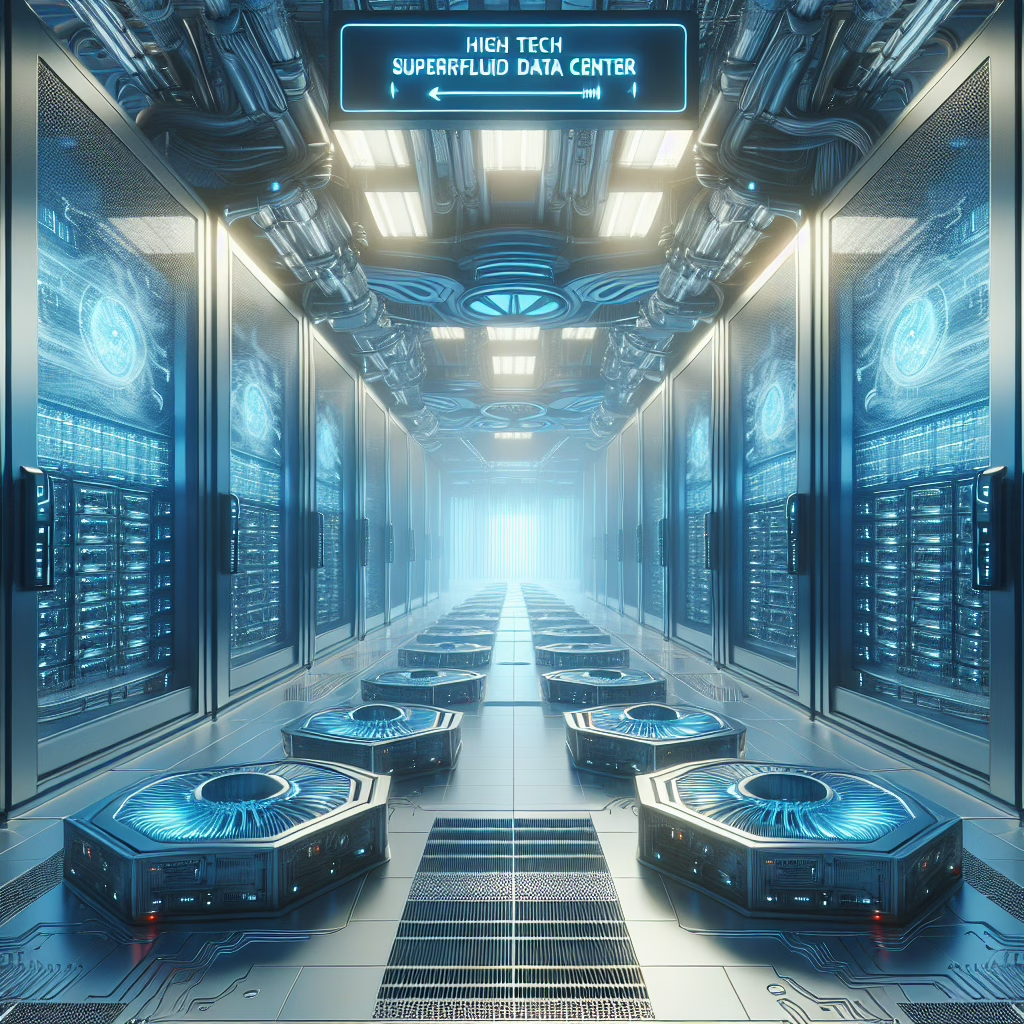In the thrilling world of tech, where every day is a race for innovation, two giants are making headlines: Intel and NVIDIA. As NVIDIA gears up for a future filled with megawatt-class rack servers, Intel is stepping onto the stage, ready to play a pivotal role. Imagine a collaboration that fuels the next generation of supercomputers while keeping them cool as cucumbers—thanks to superfluid cooling!
The Dynamic Duo: Intel and NVIDIA
Let’s face it: in the tech industry, partnerships can be as volatile as a teenager’s mood. But when it comes to Intel and NVIDIA, it seems like they’ve found a common ground—or perhaps a thermal paste—that binds them together. As NVIDIA dreams of building servers that could power entire cities (okay, maybe not quite that dramatic), Intel is there to provide the necessary chips. Picture this: while NVIDIA designs graphics cards that can render entire worlds, Intel ensures these creations don’t overheat and crash faster than your favorite childhood video game.
The Megawatt-Class Dream
The buzzword on everyone’s lips is “megawatt-class.” What does it mean? Essentially, we’re talking about server racks so powerful they could light up a small town! The collaboration between Intel and NVIDIA aims to create machines that not only crunch data but do so with the efficiency of a squirrel hoarding nuts for winter. These machines will tackle complex AI tasks, machine learning processes, and maybe even help us understand why our Wi-Fi always drops during the season finale of our favorite shows.
With this ambitious project on the horizon, one can’t help but wonder: how do they plan to keep these power-hungry beasts cool? Enter superfluid cooling—a technology that sounds like it came straight out of a sci-fi novel but is very much rooted in reality. This method utilizes advanced fluids that can transfer heat away from components faster than you can say “thermal conductivity.” Talk about a refreshing approach!
Why Superfluid Cooling Matters
Now, let’s dive into why superfluid cooling is more than just a fancy term that techies throw around at parties. In essence, this cooling method allows for greater efficiency and performance in server operations. Imagine your gaming rig running cooler than your fridge on a hot summer day! That’s what NVIDIA and Intel aim to achieve with their megawatt-class servers.
This technology not only helps prevent overheating—because nobody wants their investment turning into an expensive paperweight—but also increases the lifespan of these servers. It’s like giving your tech a spa day every time it powers up. Plus, with sustainability becoming the new black, using less energy while achieving more output makes everyone feel warm and fuzzy inside. This is an essential highlight for anyone following the trends in tech, especially for fans of Intel and NVIDIA.
The Future Looks Bright (and Cool)
As we look ahead to 2025, it’s clear that the partnership between Intel and NVIDIA could redefine what we know about computing power. The prospect of megawatt-class servers combined with groundbreaking cooling technologies sets the stage for a new era of data processing. It’s not just about having more power; it’s about having smarter power. Imagine servers that are not only fast but also environmentally conscious—a goal that aligns perfectly with current tech trends.
The question remains: will this partnership lead to the creation of supercomputers that could rival our own brains? Only time will tell! But one thing is for sure—if anyone can make computing cooler (literally), it’s Intel and NVIDIA teaming up.
Engage with the Future of Technology
In conclusion, as we embrace these technological advancements, let’s take a moment to appreciate the potential of collaboration in driving innovation forward. Who knows what other surprises these two companies have in store? Perhaps they’ll finally crack the code on why socks disappear in the laundry! If you have thoughts or questions about how Intel’s innovations could help NVIDIA transform server technology with their exciting plans for megawatt-class rack servers, we’d love to hear from you in the comments below!
A big thank you to TechRadar for the original article!

